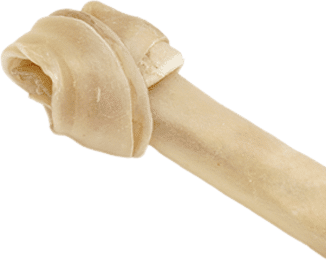


Taking your puppy home is an equally special time in both of your lives. From that moment on, you want to be sure that they are happy, healthy, and well taken care of for years to come.
However, while many owners think their pup’s on the right track, nearly 56% of dogs in the United States are overweight. One of the best ways you can guarantee your lab’s health is to track its growth over the course of its first year.
The first year of your puppy’s life has plenty of puppy development key milestones, and tracking them is a great way to gauge its overall health as it heads into adulthood.
How much does a lab puppy weigh? A good rule of thumb is that your puppy should be gaining two pounds per week up to 6 months old, and then transition to about 1 ½ pounds per week until it turns a year old. Adult females around a year old should weigh in the mid-70s range while males can be a little bulkier, reaching high-70s to low-80s.
Weight: 1-1.5lbs
Important Milestones: Your puppy will sleep a lot and spend many of its waking hours drinking mother’s milk. In a few weeks, the puppy’s senses will begin to develop and may even be introduced to softened solid foods for the first time.
Weight: 10-15lbs
Important Milestones: This is when you can take the puppy home! You can expect it to be curious and playful, which means you’ll have to puppy-proof your home. It will also learn to recognize its name, which means you can begin puppy school.
Weight: 30lbs
Important Milestones: Up until six months old, your puppy should still be gaining about 2 pounds per week. At this point, weight gain should go down to 1 ½ pounds per week instead. It may be time to think about spaying and neutering, which you can set up with your veterinarian.
Weight: Males: 50-55lbs. Females: 45-50lbs.
Important Milestones: Your puppy is still an adolescent, which means it’s still growing, although it will be clear around the next few weeks that a male puppy will grow significantly faster when compared to a female.
Weight: Males: 66-70lbs. Females: 60-65lbs.
Important Milestones: Your puppy is well on its way to adulthood!
Weight: Males: High 70s and low 80s. Females: Mid-70s.
Important Milestones: Congratulations! Your puppy is considered an adult at this point. Between now and its second birthday, you can start to transition from puppy to adult dog food.
Want to learn more about how to feed your labrador puppy? Here’s an informative guide on the types of food and how much to feed your lab at every stage in life.